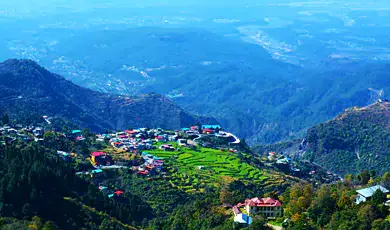
The best time to visit Jim Corbett depends on the type of experience visitors seek. The park remains open throughout the year, but each season offers unique landscapes and wildlife sightings. Summers are ideal for spotting tigers and other animals near water sources, while winters provide excellent birdwatching opportunities. Though lush and serene, the monsoon season limits safari options due to heavy rainfall. Travelers should plan their trip according to the weather conditions and park accessibility to make the most of their visit. The Corbett National Park, the best time to visit is generally from November to June, when all major zones are accessible. Winter months (November to February) are perfect for birdwatchers, as several migratory species flock to the park. The pleasant weather also makes it ideal for wildlife safaris. Summer (March to June) offers better chances of spotting big cats, as animals frequent water sources. Monsoon (July to October) is not recommended for safaris since most zones remain closed, but the park's greenery is at its peak.
For adventure seekers, the best time to go to Jim Corbett National Park is during summer when animal sightings are more frequent. However, temperatures can soar up to 42°C, making early morning and evening safaris the best choices. Winter, with temperatures ranging from 5°C to 25°C, provides a comfortable climate for safaris and nature walks. Monsoon visitors can still explore the Jhirna and Dhela zones, but road conditions can be challenging due to rainfall. Each season presents a different side of Jim Corbett's wilderness. The best time to visit Corbett National Park depends on the preferred safari experience. Dhikala Zone, the most popular safari area, is open from mid-November to mid-June, making this period ideal for tiger sightings. Jhirna Zone remains open year-round, offering wildlife viewing in every season. Travelers interested in photography and birdwatching often choose winter for its clear skies and diverse avian species. Those looking for lush landscapes may prefer the monsoon months, despite the limited safari options. While the best season to visit Jim Corbett varies, winter remains a top choice for families and casual tourists, while summer attracts serious wildlife enthusiasts. Visitors should check the availability of safari permits and accommodations based on the season. The diverse climate and unique experiences throughout the year ensure that Jim Corbett remains a fascinating destination for nature lovers. Choosing the Jim Corbett best time enhances the travel experience, whether for thrilling wildlife encounters or peaceful retreats.







